+86 13816508465
Pump Solutions
Aug. 14, 2024
Irrigation is essential for ensuring adequate water supply to crops, particularly in regions with limited rainfall or unpredictable weather patterns. Adequate irrigation helps to maintain soil moisture levels, which are critical for plant growth and yield.
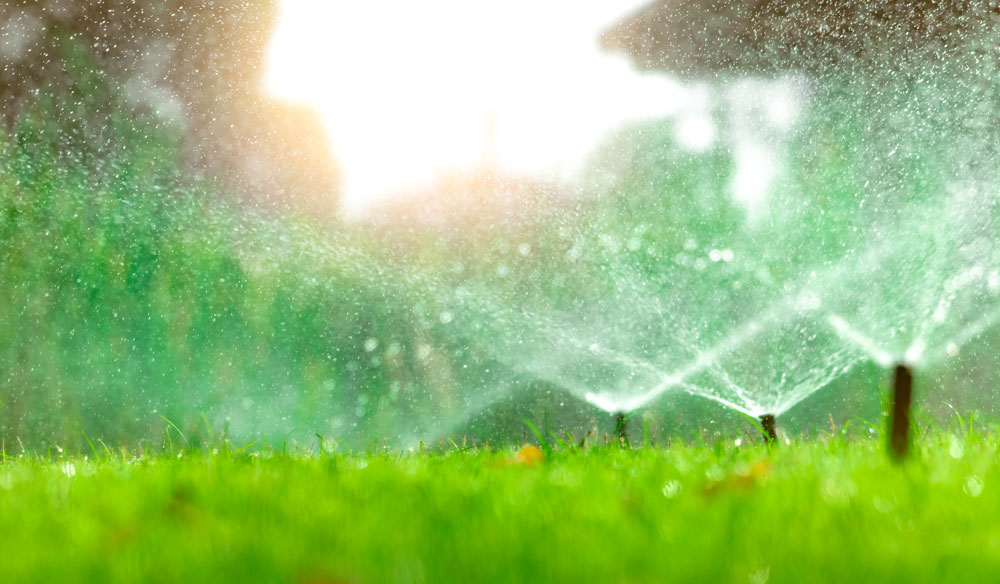
Water pumps play a crucial role in irrigation systems, as they are used to move water from a water source to the fields. They can either be powered by electricity, diesel, or gasoline and are available in various sizes and types to suit different irrigation needs.
In this article, we will explore the different types of electric irrigation pumps and their characteristics, helping you choose the best pump for your irrigation needs.
Basically, there are two kinds of pumps used for irrigation purposes, the submersible pumps and the centrifugal pumps.
ONE—Submersible pumps VS Centrifugal Pumps
The submersible pumps are placed fully underwater, pushing the water out of a pipe and directed into the irrigation systems.
Advantages:
High efficiency: can be placed underwater or submerged in liquids, which reduces the need for suction lift and allows for more efficient pumping.
Generally quieter and more energy-efficient than centrifugal pumps, especially for low flow rates and high head applications.
Easy to install, with no need for suction and discharge piping.
Small and compact, making them easy to transport and store.
Can be used in a variety of irrigation applications, including drip irrigation, sprinkler systems, and pivot irrigation.
Disadvantages:
More expensive than centrifugal pumps, especially for large-capacity models.
Requires specialized knowledge for installation and maintenance, as well as special precautions to prevent electrical hazards.
Not suitable for pumping abrasive fluids or corrosive liquids, which can cause wear and damage to the pump.
Limited depth: limited in terms of the depth at which they can operate, as they must be fully submerged in water.
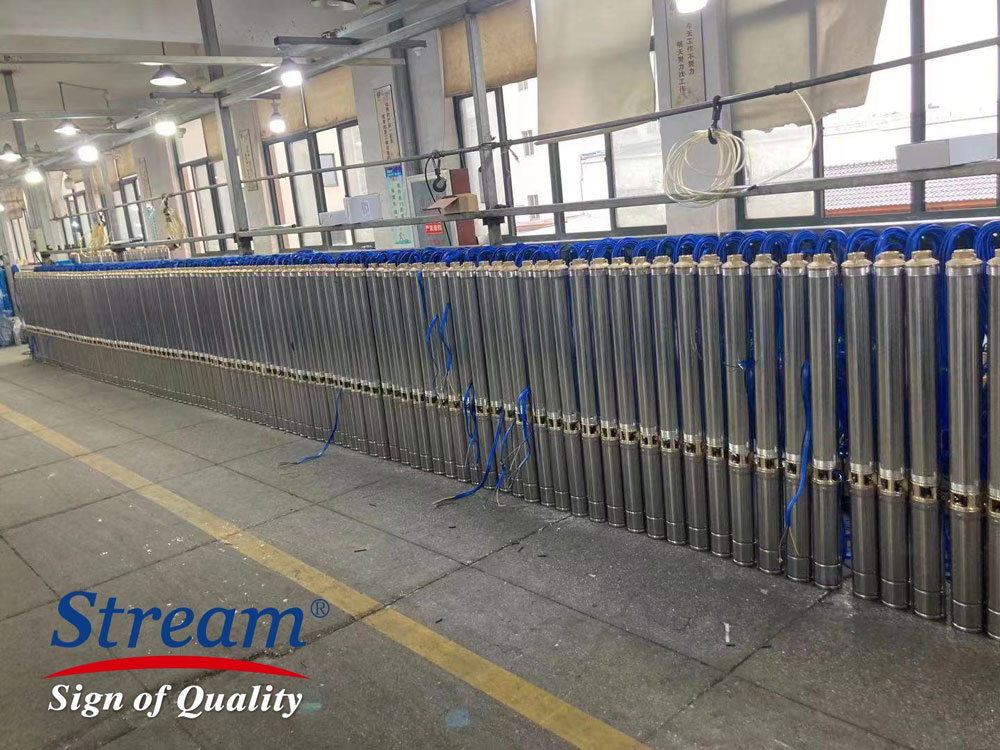
The centrifugal pumps are located on dry land and water enters the pump through a pipe and is pumped from there out to the irrigation systems.
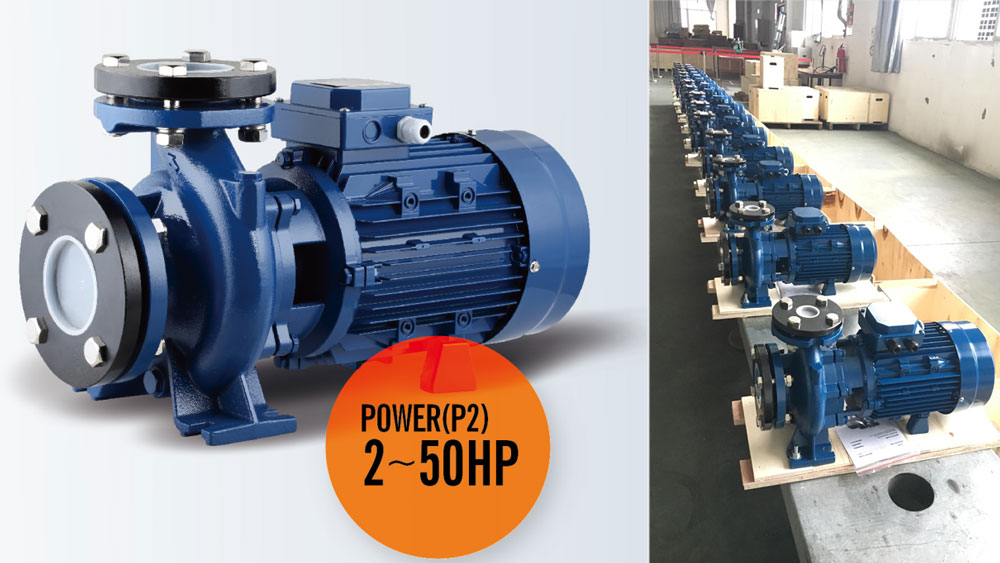
Advantages:
Easy to install and operate, with minimal maintenance requirements.
Cost Effective choice for irrigation, with a relatively low upfront cost.
Highly efficient at high flow rates.
A variety of pump models to suit different irrigation needs, including drip irrigation, sprinkler systems and pivot irrigation.
Disadvantages:
Limited Head: Centrifugal pumps are limited in terms of the head (pressure) they can generate, which may limit their use in some irrigation applications.
Suction and discharge piping required: Centrifugal pumps require suction and discharge piping, which can increase the overall cost and complexity of the irrigation system.
Limited suction: Can only be used for surface pumping or when the suction lift is low, which limits their efficiency in certain applications.
Noisier and less energy-efficient than submersible pumps.
TWO—Common Types of Submersible Irrigation Pumps
Floated Submersible Pumps
These submersible pumps are commonly seen in every house which can be used to extract water from water tanks, pools, ponds and streams to water the garden plants.
They can only used for simple irrigation purpose where you don’t need large amount of flow and pressure.
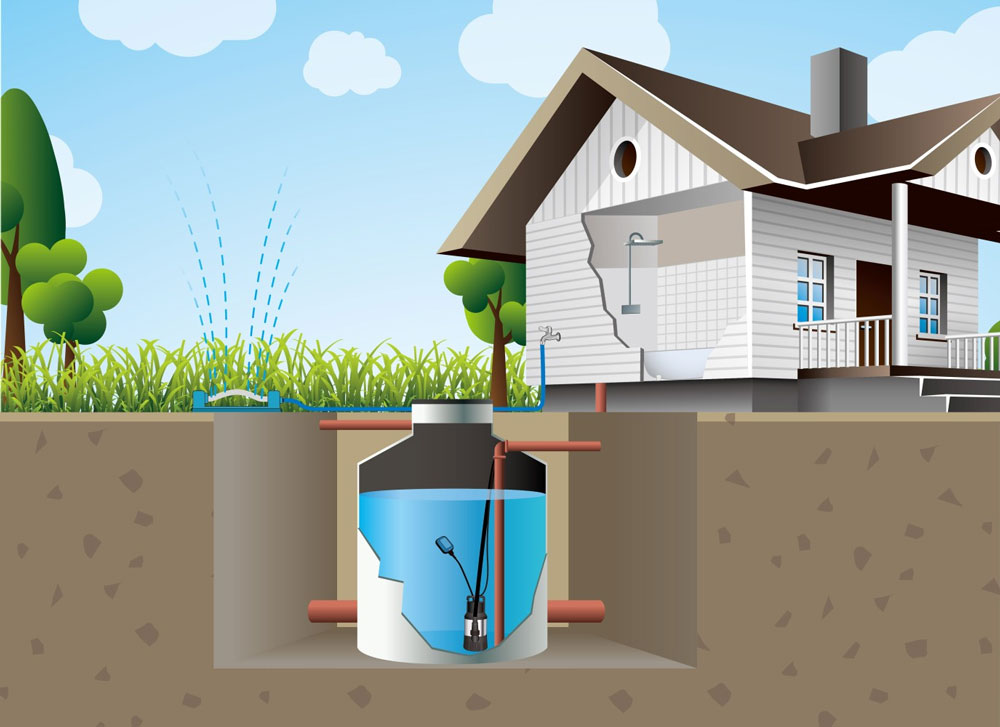
Deep Well Submersible Pumps
These pumps are used to extract water from deep underground sources, such as wells or reservoirs. They are typically used in areas where the water source is deep or where there is a shortage of surface water, and need long distance or high pressure of irrigation needs.
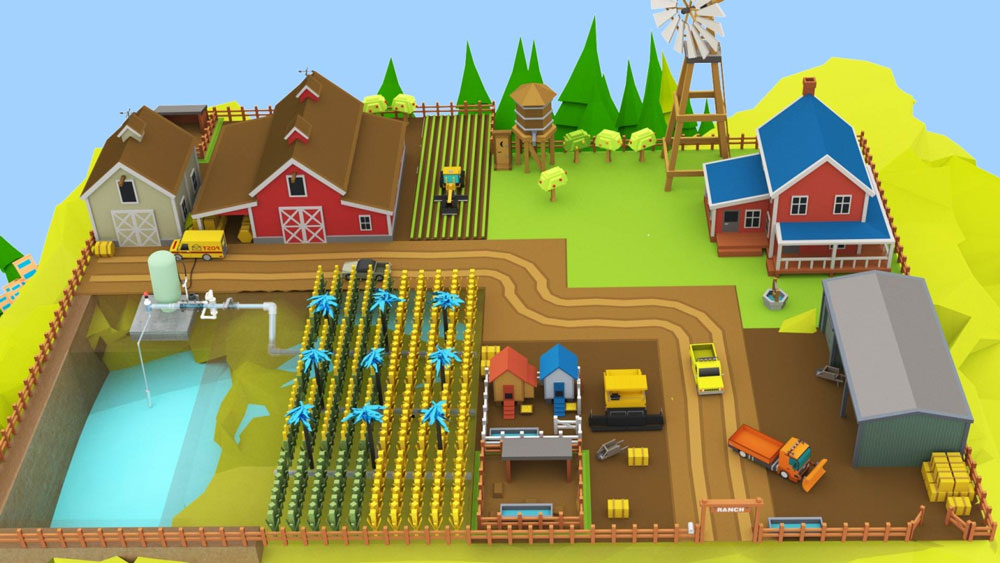
Common Types of Centrifugal Irrigation Pumps
JET Pumps
The JET pumps are fitted with a venturi pipe to allow the pump to lift water from lower depths, mostly 8-9m deep from the surface. It is mostly used to drain water from a shallow well or underground tanks to sprinkler irrigation at gardens.
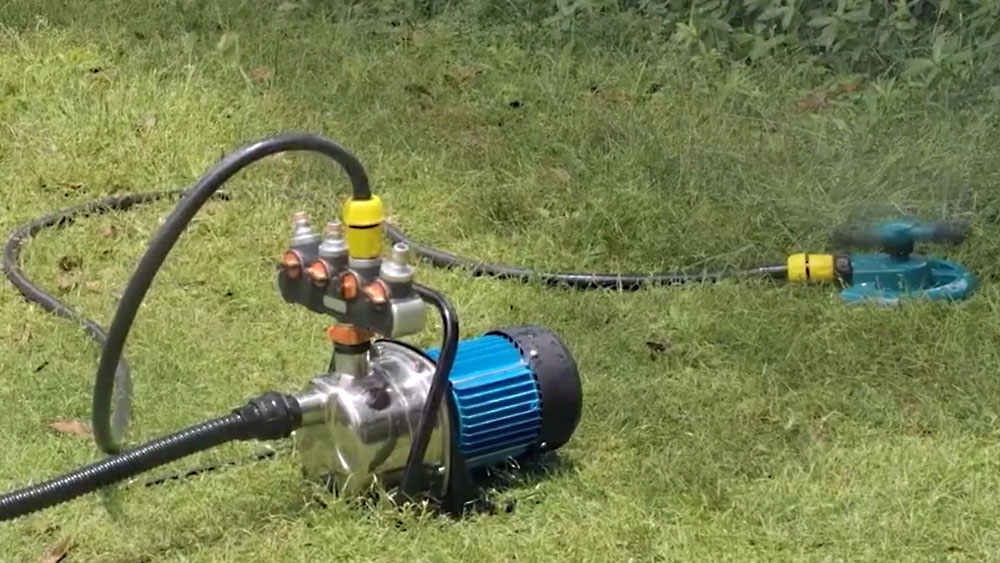
Multistage Pumps
The multistage pumps are also called high head pumps which can develop high pressure from the water source to the water outflow.
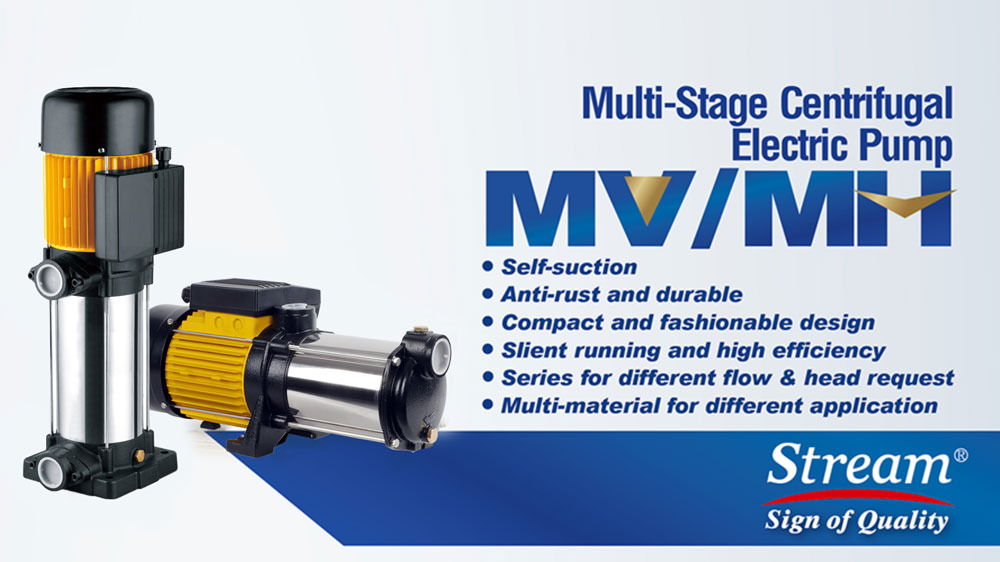
End Suction Pumps
The end suction pumps are mostly used for agriculture irrigation with high flow capacity. They are featured with wide flow range, compact size and easy installation.
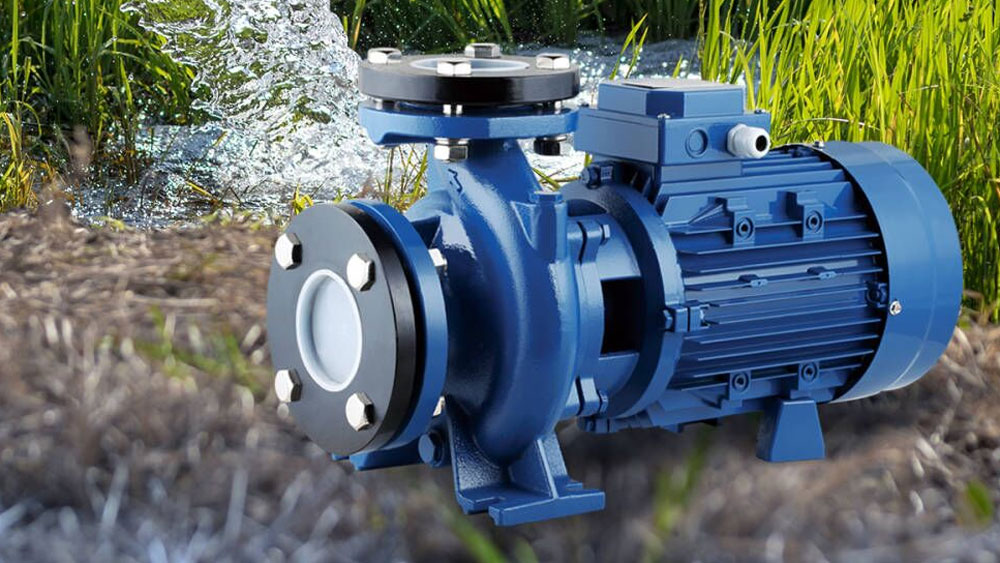
Other Factors to Consider
When knowing the type of irrigation pumps, there are also some key factors to consider before you choose the right one for your system:
Water source:
What and where is your water source for the irrigation system? You will need to determine the location and depth of the water source, as well as the volume and pressure of the water. This will help you choose a pump that is suitable for your specific water source, i.e.:
For wells, the most commonly used pump is a submersible pump.
But a jet pump is also used in a shallow well no deeper than 8m.
For ponds, lakes or streams, the submersible pump and jet pump are both ok depends on whether you need a vertical.
For municipal water systems, a booster pump is helpful to boost the water pressure.
Irrigation System:
The size and type of your irrigation system will also play a role in choosing the right pump. You will need to consider the size of the field, the type of crops you are growing, and the water requirements of those crops. This will help you choose a pump that is capable of delivering the right amount of water to your irrigation system.
Maintenance and Repair:
It is important to consider the maintenance and repair requirements of the pump you choose. Some pumps are easier to maintain and repair than others, and this can be a factor in your decision.
Cost:
It is important to choose a pump that is within your budget and that will provide a good return on investment over time.
Overall, this article has illustrated main types of water pumps for irrigation and the key factors to consider during buying. With these brief ideas, you will be able to fix a pump range that is suitable for your specific irrigation system and water source.
Address
No.17 XeDa Jimei Ind. Park, Xiqing Economic Development Area, Tianjin, China
Telephone
+86 13816508465
QUICK LINKS